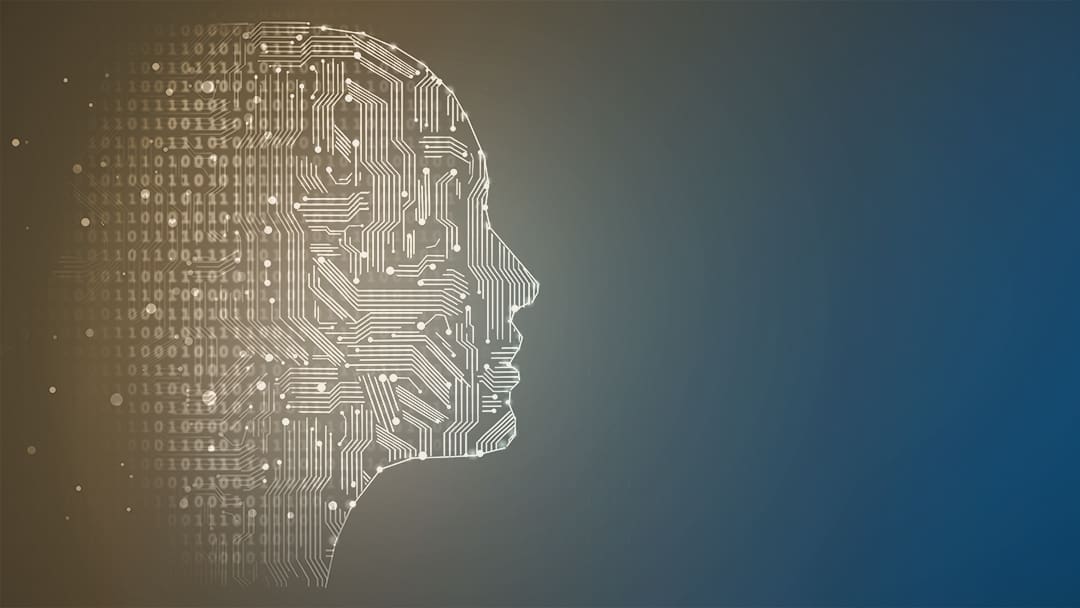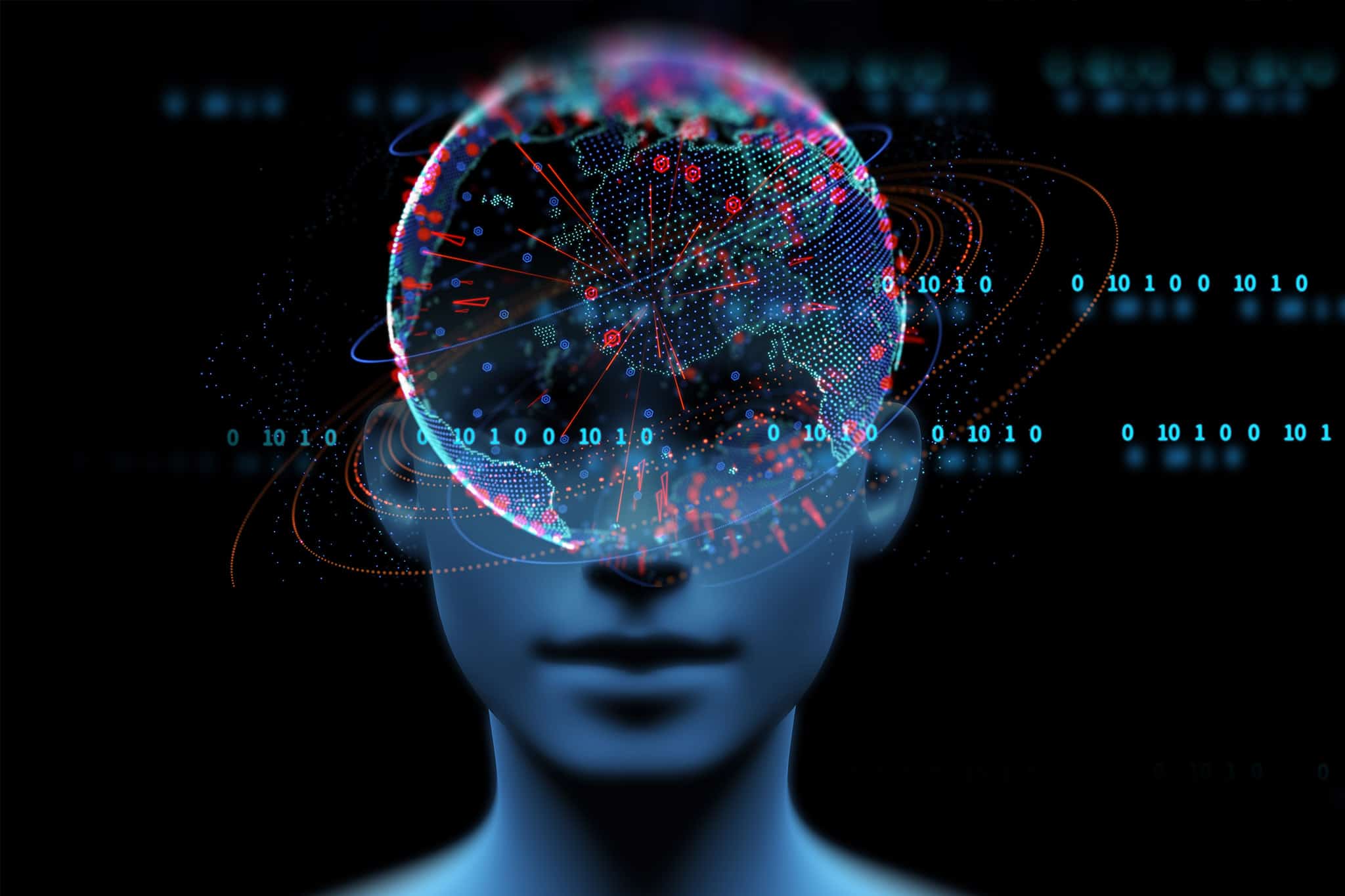Introduction:
In the vast landscape of data analytics and machine learning, time series datasets hold a unique significance, representing a sequential collection of data points ordered by time. From financial markets to climate patterns and beyond, time series analysis enables us to unravel temporal patterns, understand trends, and make informed predictions. This comprehensive exploration delves into the intricacies of time series datasets, examining their characteristics, methods for analysis, and the crucial role they play in making predictions across diverse domains.
Defining Time Series Datasets:
Characteristics:
Time series datasets consist of observations recorded at sequential and equally spaced intervals over time. Each data point is associated with a timestamp, forming a chronological sequence. The key characteristics of time series datasets include:
- Temporal Ordering:
- Regular Sampling Intervals:
- Time series data is collected at regular intervals, whether it be seconds, minutes, hours, days, or other predefined time units. The uniformity of sampling intervals distinguishes time series data from irregularly sampled datasets.
- Temporal Patterns:
- Time series datasets often exhibit temporal patterns, such as trends, seasonality, and cycles. These patterns provide insights into the underlying dynamics of the observed phenomenon.
Applications of Time Series Analysis:
1. Financial Markets:
- Time series analysis is extensively used in finance to model and predict stock prices, currency exchange rates, and other financial metrics. Traders and analysts leverage historical price data to identify trends and make informed investment decisions.
2. Climate and Meteorology:
- Meteorological and climate data, such as temperature, precipitation, and atmospheric pressure, are often represented as time series. Analyzing these datasets helps scientists understand climate patterns, predict weather conditions, and study long-term trends.
3. Healthcare:
- Time series analysis is applied in healthcare for monitoring patients’ vital signs, predicting disease outbreaks, and understanding the progression of medical conditions over time. Electronic health records often contain time series data reflecting a patient’s health history.
4. Manufacturing and Industry:
- Industries leverage time series analysis for Datasets predictive maintenance, quality control, and optimizing production processes. Monitoring equipment health over time enables proactive maintenance and reduces downtime.
5. Energy Consumption:
- Time series datasets in the energy sector capture fluctuations in energy consumption over different time periods. Utilities use this data to manage demand, optimize energy distribution, and plan for future capacity.
Online Learning and Adaptive Forecasting

1. Descriptive Analysis:
- Descriptive statistics, such as mean, median, and standard deviation, provide an overview of the central tendency and variability of time series data. Visualizations, such as line charts and histograms, offer insights into the data’s distribution and trends.
2. Trend Analysis:
- Identifying trends is crucial in understanding the long-term behavior of a time series. Common techniques include moving averages and trend decomposition methods like Seasonal-Trend decomposition using LOESS (STL).
3. Seasonal Decomposition:
- Seasonal decomposition separates a time series into its trend, seasonal, and residual components. This enables the isolation and analysis of recurring patterns, such as daily, monthly, or yearly cycles.
4. Autocorrelation and Lag Analysis:
- Autocorrelation measures the correlation of a time series with its lagged versions. Lag analysis helps identify repeating patterns and dependencies within the data. Autocorrelation Datasets Function (ACF) and Partial Autocorrelation Function (PACF) plots are commonly used for this purpose.
5. Time Series Decomposition:
- Decomposition techniques, like the Holt-Winters method, can be employed to decompose a time series into its trend, seasonal, and residual components. This facilitates a more granular analysis of each aspect of the data.
6. Machine Learning Models:
- Machine learning models, particularly recurrent neural networks (RNNs) and Long Short-Term Memory networks (LSTMs), have proven effective in time series prediction. These models can capture complex temporal dependencies and patterns in the data.
Time Series Forecasting: Predicting Future Trends
1. ARIMA Models:
- Autoregressive Integrated Moving Average (ARIMA) models are widely used for time series forecasting. ARIMA combines autoregression (AR), differencing (I), and moving averages (MA) to model and predict future values based on historical patterns.
2. Exponential Smoothing Methods:
- Exponential smoothing methods, such as the Holt-Winters method, are suitable for time series datasets with trend and seasonality. These methods assign exponentially decreasing weights to past observations, giving more importance to recent data.
3. Prophet by Facebook:
- Prophet is a forecasting tool developed by Facebook that is designed for forecasting time series data with strong seasonal patterns. It allows for the inclusion of holidays and special events, making it suitable for a wide range of applications.
4. Machine Learning Regression Models:
- Regression models, including linear regression and Datasets support vector regression, can be applied to time series forecasting. Feature engineering, such as lagged variables and rolling statistics, enhances the model’s ability to capture temporal patterns.
5. Deep Learning Models:
- Deep learning models, especially recurrent neural networks (RNNs) and Long Short-Term Memory networks (LSTMs), have demonstrated remarkable performance in time series forecasting. These models can capture intricate dependencies and learn from sequential patterns in the data.
Challenges in Time Series Analysis and Forecasting
1. Data Quality and Preprocessing:
- Time series data may have missing values, outliers, or noise that can impact analysis and forecasting. Proper data preprocessing, including imputation and outlier handling, is essential for accurate results.
2. Non-Stationarity:
- Non-stationarity, where the statistical properties of the time series change over time, poses a challenge. Techniques like differencing can be applied to make the data stationary before modeling.
3. Overfitting:
- Overfitting occurs when a model is too complex and fits the training data too closely, capturing noise as if it were a real pattern. Regularization techniques and careful model selection help mitigate overfitting.
4. Handling Seasonality:
- Seasonal patterns can complicate forecasting. Properly identifying and modeling seasonality is crucial for accurate predictions. Techniques like seasonal differencing or including seasonal components in models address this challenge.
5. Forecast Horizon:
- Determining the appropriate forecast horizon, i.e., Datasets how far into the future predictions should be made, depends on the specific application. Short-term and long-term forecasting may require different modeling approaches.
Real-World Applications of Time Series Analysis
1. Stock Price Prediction:
- Time series analysis is extensively used in financial markets to predict stock prices. Traders and investors leverage historical price data and technical indicators to make informed decisions.
2. Energy Consumption Forecasting:
- Utilities and energy companies use time series analysis to forecast energy consumption, enabling efficient resource allocation, load balancing, and demand management.
3. Health Monitoring:
- Time series data from wearable devices and medical sensors is used for health monitoring. Predictive models can identify trends and anomalies, aiding in early detection of health issues.
4. Traffic Flow Prediction:
- Time series analysis is employed in transportation systems to predict traffic flow patterns. This information is valuable for optimizing traffic signals, managing congestion, and improving overall traffic efficiency.
5. Sales and Demand Forecasting:
- Retailers use time series analysis for sales and demand forecasting. Understanding seasonal patterns and trends helps optimize inventory management and supply chain operations.
Future Directions in Time Series Analysis

1. Explainability and Interpretability:
- As machine learning models become more complex, there is a growing emphasis on making time series forecasting models interpretable and explainable. Understanding the rationale behind predictions is crucial for gaining trust in these models.
2. Hybrid Models and Ensemble Techniques:
- Hybrid models that combine traditional time series methods with machine learning approaches are gaining popularity. Ensemble techniques that leverage the strengths of multiple models can enhance overall forecasting accuracy.
3. Incorporating External Factors:
- Future research is likely to focus on incorporating external factors, such as economic indicators, weather patterns, or social events, into time series forecasting models. This will improve the models’ ability to adapt to real-world complexities.
4. Online Learning and Adaptive Forecasting:
- With the advent of streaming data, there is a growing need for online learning techniques that can adapt to changing patterns in real-time. Adaptive forecasting models will become more prevalent in dynamic environments.
5. Integration with Decision Support Systems:
- Time series forecasting models are increasingly integrated with decision support systems. This allows organizations to not only predict future trends but also make informed decisions based on those predictions.
Conclusion
In the realm of data science and machine learning, time series datasets offer a temporal lens through which we can analyze, understand, and predict the dynamics of diverse phenomena. From financial markets to healthcare and beyond, the applications of time series analysis are vast and impactful. As methodologies evolve, incorporating machine learning models and advanced forecasting techniques, the role of time series analysis in shaping our understanding of temporal patterns and making informed predictions is destined to grow. Embracing the challenges and opportunities presented by time series datasets is a crucial step toward unlocking the full potential of this dynamic and evolving field.


 Afrikaans
Afrikaans Albanian
Albanian Amharic
Amharic Arabic
Arabic Armenian
Armenian Azerbaijani
Azerbaijani Basque
Basque Belarusian
Belarusian Bengali
Bengali Bosnian
Bosnian Bulgarian
Bulgarian Catalan
Catalan Cebuano
Cebuano Chichewa
Chichewa Chinese (Simplified)
Chinese (Simplified) Chinese (Traditional)
Chinese (Traditional) Corsican
Corsican Croatian
Croatian Czech
Czech Danish
Danish Dutch
Dutch English
English Esperanto
Esperanto Estonian
Estonian Filipino
Filipino Finnish
Finnish French
French Frisian
Frisian Galician
Galician Georgian
Georgian German
German Greek
Greek Gujarati
Gujarati Haitian Creole
Haitian Creole Hausa
Hausa Hawaiian
Hawaiian Hebrew
Hebrew Hindi
Hindi Hmong
Hmong Hungarian
Hungarian Icelandic
Icelandic Igbo
Igbo Indonesian
Indonesian Irish
Irish Italian
Italian Japanese
Japanese Javanese
Javanese Kannada
Kannada Kazakh
Kazakh Khmer
Khmer Korean
Korean Kurdish (Kurmanji)
Kurdish (Kurmanji) Kyrgyz
Kyrgyz Lao
Lao Latin
Latin Latvian
Latvian Lithuanian
Lithuanian Luxembourgish
Luxembourgish Macedonian
Macedonian Malagasy
Malagasy Malay
Malay Malayalam
Malayalam Maltese
Maltese Maori
Maori Marathi
Marathi Mongolian
Mongolian Myanmar (Burmese)
Myanmar (Burmese) Nepali
Nepali Norwegian
Norwegian Pashto
Pashto Persian
Persian Portuguese
Portuguese Punjabi
Punjabi Romanian
Romanian Russian
Russian Polish
Polish Samoan
Samoan Scottish Gaelic
Scottish Gaelic Serbian
Serbian Sesotho
Sesotho Shona
Shona Sindhi
Sindhi Sinhala
Sinhala Slovak
Slovak Slovenian
Slovenian Somali
Somali Spanish
Spanish Sundanese
Sundanese Swahili
Swahili Swedish
Swedish Tamil
Tamil Tajik
Tajik Telugu
Telugu Turkish
Turkish Ukrainian
Ukrainian Urdu
Urdu Uzbek
Uzbek Thai
Thai Vietnamese
Vietnamese Welsh
Welsh Xhosa
Xhosa Yiddish
Yiddish Yoruba
Yoruba Zulu
Zulu